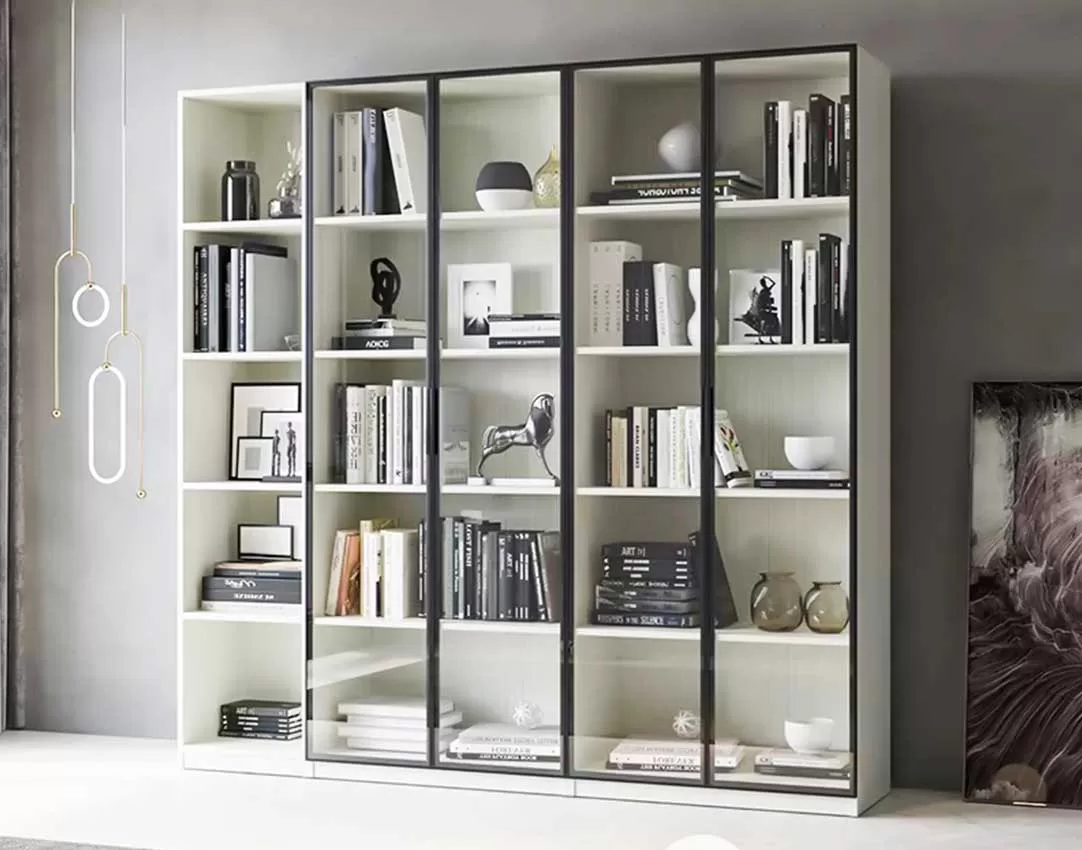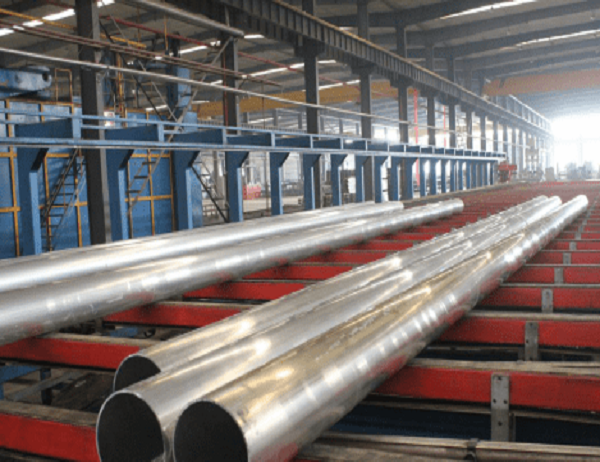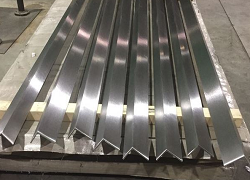Aluminum T-section extrusions are versatile and lightweight materials that offer numerous advantages in various industries. From industrial applications to architectural projects, choosing the right T-section extrusions is crucial for ensuring optimal performance and durability. This article delves into the key considerations and factors to guide you in selecting the ideal aluminum T-section extrusions for your specific project requirements.
The choice of aluminum alloy composition directly impacts the strength, corrosion resistance, and overall performance of the T-section extrusions. The most commonly used alloys for T-sections include:
6000 series (6061, 6063): Offers a balance of strength, corrosion resistance, and weldability.
5000 series (5083, 5052): Provides excellent corrosion resistance, making it suitable for marine and outdoor applications.
7000 series (7075): Delivers superior strength and stiffness but may be prone to corrosion under certain conditions.
The dimensions of the T-section extrusion, including its height, width, and flange thickness, should align with the specific structural requirements of your project. Tolerances dictate the level of precision in the extrusion process and must be considered with respect to the desired fit and performance.
The surface finish of the T-section extrusions influences their appearance and corrosion resistance. Options include:
Mill finish: As-extruded surface with no additional treatment.
Anodized finish: Electrolytic process that enhances corrosion resistance, provides color options, and improves wear resistance.
Painted finish: Provides a decorative and protective coating in various colors.
Tempering and heat treatment processes modify the mechanical properties of the aluminum alloys, altering their strength, hardness, and ductility. By selecting the appropriate temper, you can tailor the T-section extrusions to specific performance requirements.
The weight and cost of the T-section extrusions are important factors, especially in large-scale projects. By considering the material thickness, alloy composition, and optimization of design, you can achieve the desired strength while minimizing weight and material costs.
Choosing the right aluminum T-section extrusions for your project involves careful consideration of several key factors. By understanding the material choices, dimensions, surface finishes, heat treatment options, and weight optimization, you can select T-section extrusions that meet your specific requirements and deliver optimal performance and cost-effectiveness for your project.



